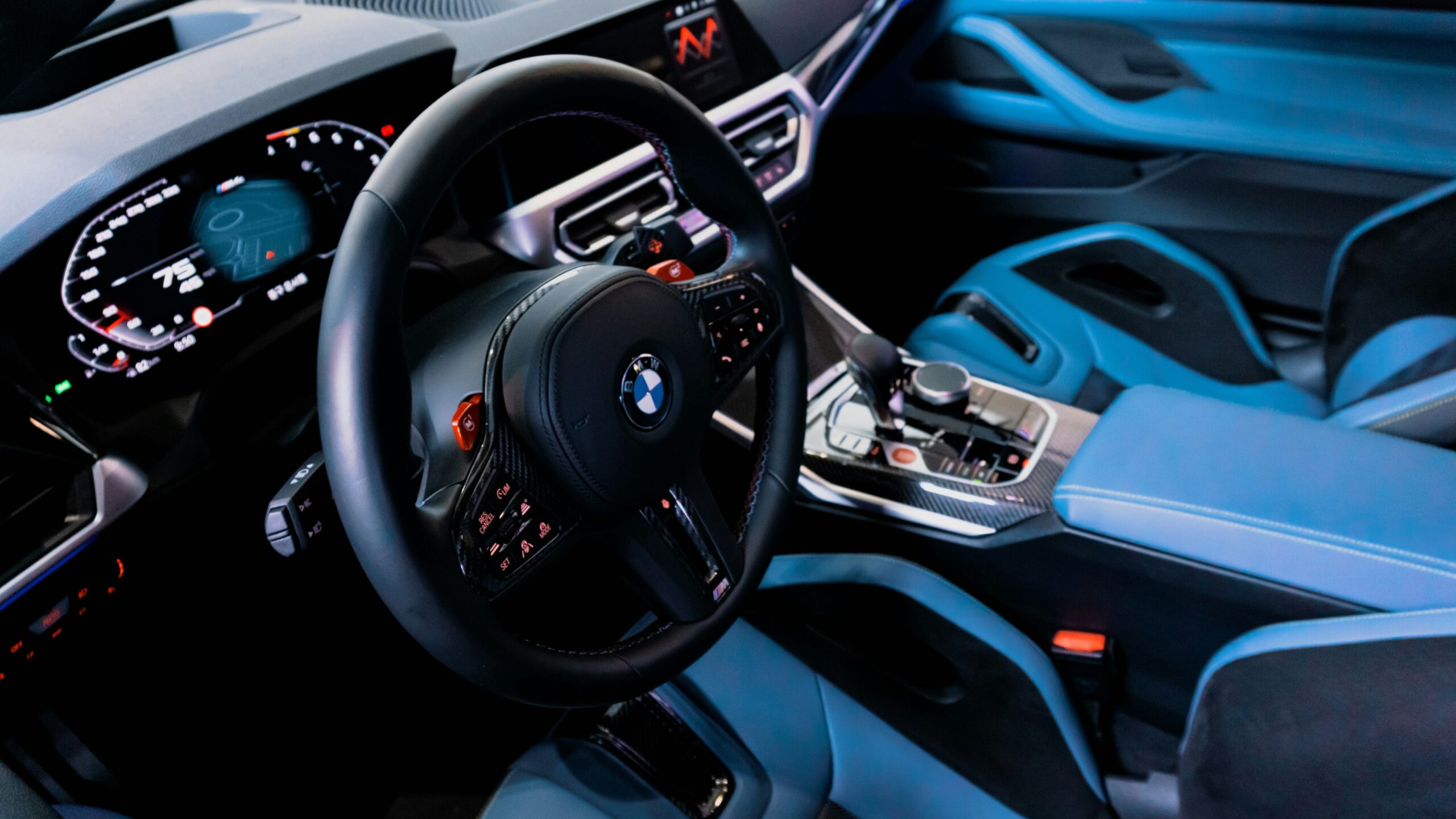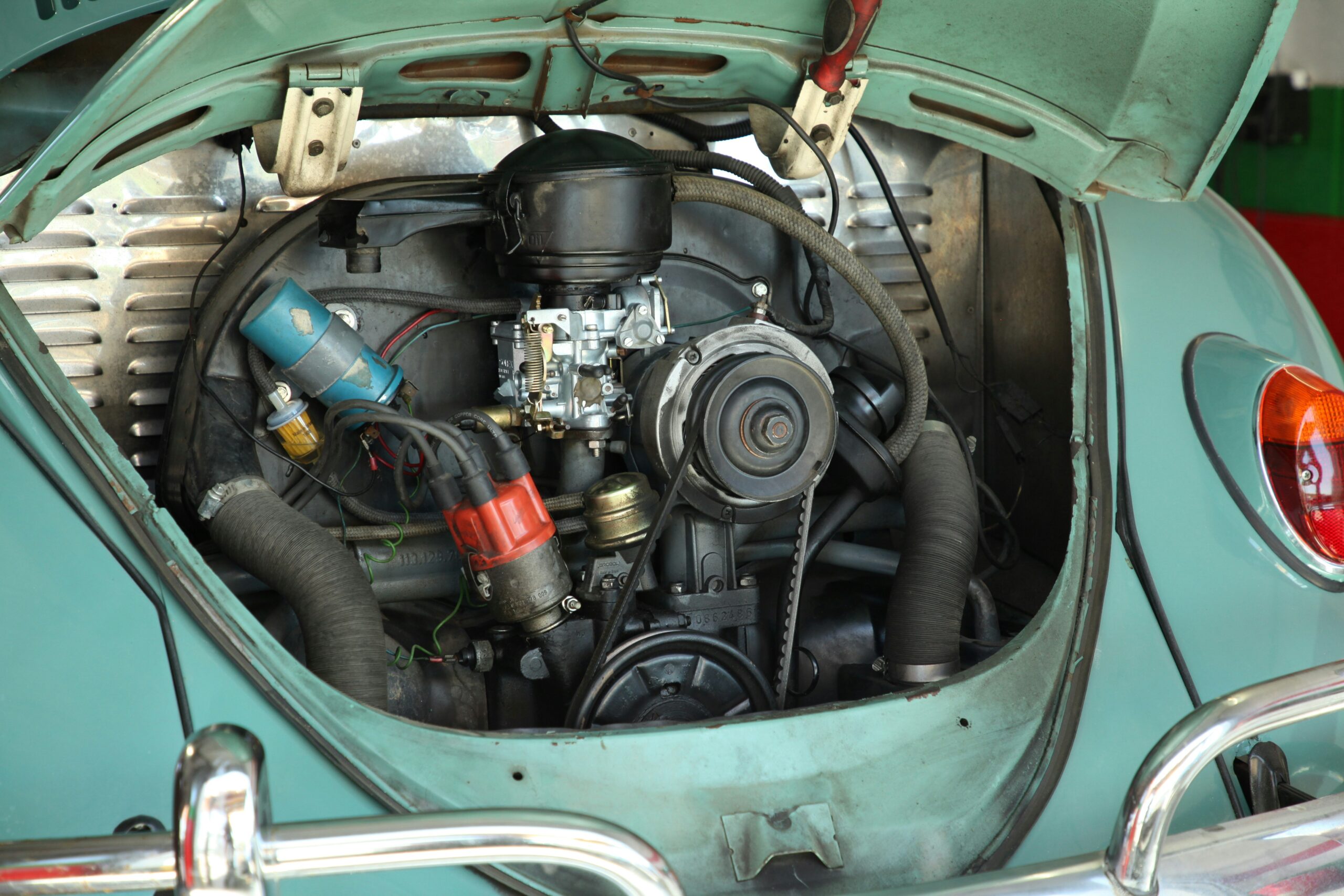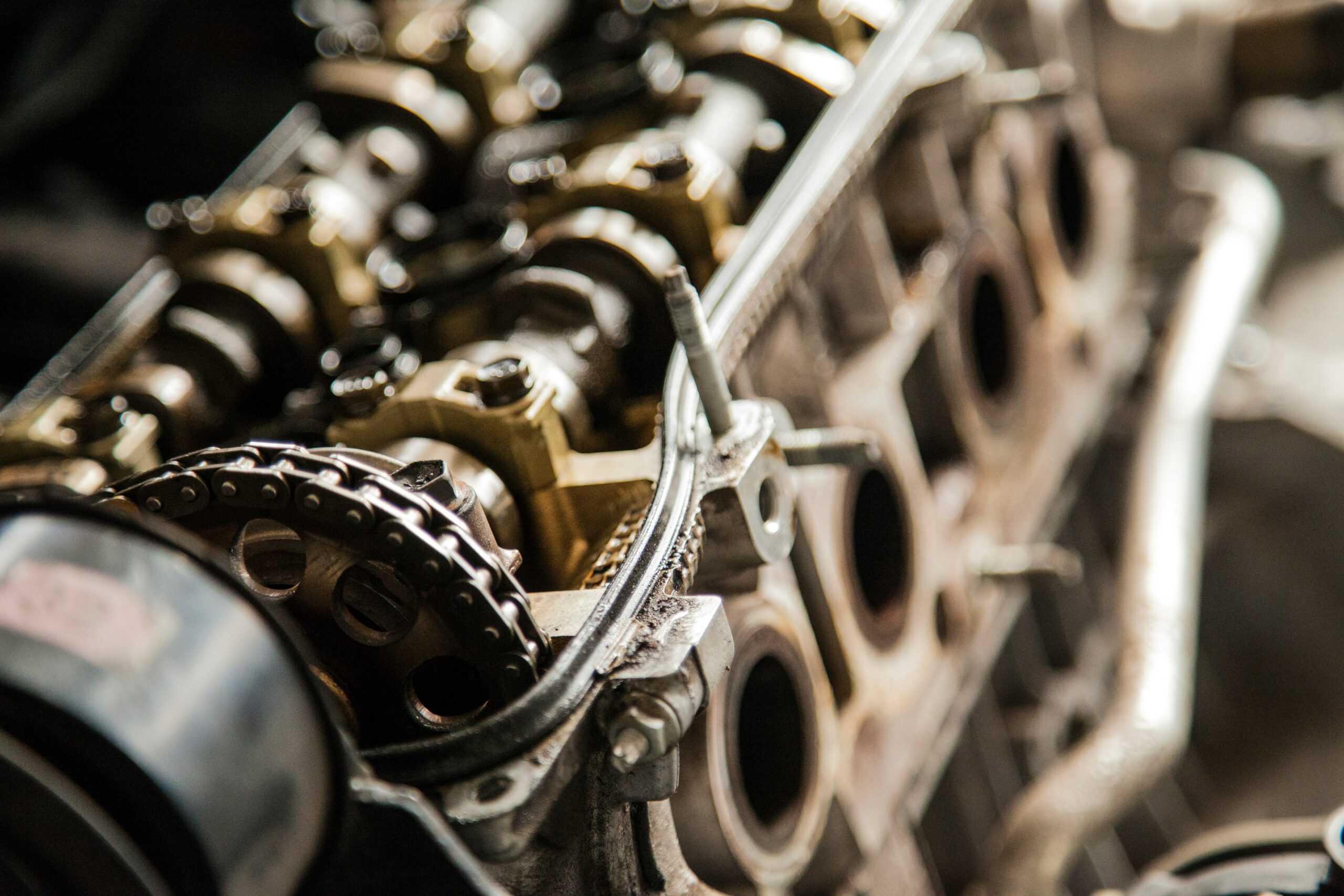- Your cart is empty
- Continue Shopping
Car Steering System: Everything You Need to Know

The steering system is one of the most crucial components of a vehicle. It allows the driver to control direction and maintain stability on the road. Without a reliable steering system, driving would be nearly impossible. Understanding how it works, its parts, and the different types available can help drivers appreciate its importance and detect problems early.
What Is a Car Steering System?
The steering system is the mechanism that connects the driver’s steering wheel to the car’s wheels, enabling directional control. It ensures that the vehicle responds smoothly to the driver’s input while maintaining stability, comfort, and safety.
Key Components of a Steering System
- Steering Wheel
- The part the driver handles directly. Modern wheels may also feature controls for audio, cruise control, and other functions.
- Steering Column
- Connects the steering wheel to the steering mechanism. It often houses ignition switches and tilt/telescoping adjustments.
- Steering Gearbox / Rack-and-Pinion
- Converts the rotational movement of the steering wheel into the linear motion that turns the wheels.
- Tie Rods
- Link the steering gear to the wheels, transmitting motion precisely.
- Power Steering Pump & Fluid (for hydraulic systems)
- Provides hydraulic assistance to make steering easier.
- Electronic or Electric Motor (for electric systems)
- In modern cars, electric power steering replaces hydraulic pumps for efficiency and easier integration with driver-assist features.
Types of Car Steering Systems
- Manual Steering
- Older system requiring physical effort to turn the wheels. Rare in modern cars.
- Hydraulic Power Steering (HPS)
- Uses hydraulic fluid pressure to reduce effort when steering. Widely used but less efficient than electric systems.
- Electric Power Steering (EPS)
- Uses an electric motor to assist steering. Common in modern vehicles, offering improved fuel efficiency and compatibility with advanced driver-assistance systems.
- Steer-by-Wire (Advanced Technology)
- No physical connection between the steering wheel and wheels. Instead, electronic sensors and motors control steering. Found in high-tech vehicles.
Common Steering Problems
- Steering Wheel Vibration: Could indicate unbalanced wheels or worn-out suspension.
- Stiff Steering: May be caused by low power steering fluid, pump failure, or mechanical issues.
- Noisy Steering: Whining or squealing often points to fluid leaks or pump problems.
- Loose Steering: Can result from worn tie rods or steering rack issues.
How to Maintain Your Car’s Steering System
- Check power steering fluid regularly (if applicable).
- Inspect tie rods and ball joints for wear.
- Get wheel alignments to prevent uneven steering response.
- Listen for unusual noises while turning the wheel.
- Schedule regular servicing to ensure smooth operation.
The steering system is more than just turning the wheel, it’s about safety, comfort, and control. From manual systems to advanced electric steering, technology has evolved to make driving smoother and safer. Regular maintenance ensures your steering works properly, helping you stay in control in every situation.




